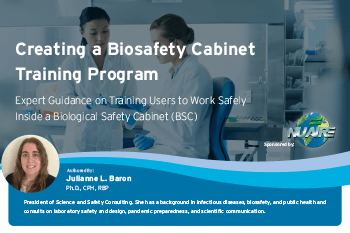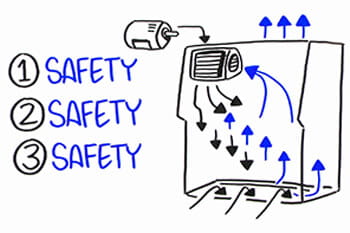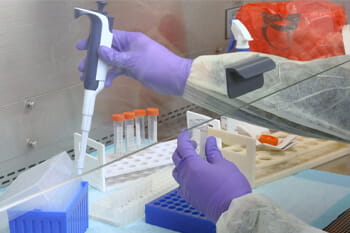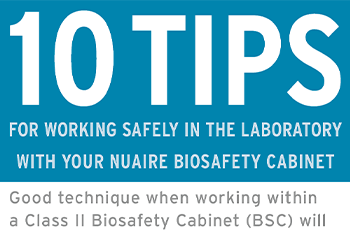
 Video
Video
Reacting to Alarms in Your Class II, Type A2 Biosafety Cabinet


Why Alarm Response Protocols Matter in Biosafety Cabinets
In any laboratory setting, an alarm in a Class II, Type A2 biosafety cabinet is not something to ignore. Alarm signals typically indicate a disruption in airflow, containment breach, or mechanical issue. Reacting properly to alarms is critical to maintaining both personal safety and research integrity.
What You’ll Learn from This Video
NuAire’s educational video outlines expert-backed recommendations for how lab personnel should respond to biosafety cabinet alarms, including:
- Halting laboratory work immediately when an alert sounds
- Enclosing or securing any open containers and research materials
- Removing contaminated gloves and donning clean gloves to prevent spread
- Surface disinfecting the work zone before removing any objects from the cabinet
- Performing a full surface wipe-down of the BSC work area, just as would be done during normal shutdown procedures
- Powering down and tagging the BSC as inoperable if unusual motor sounds occur
Best Practices for Alarm Response
Reacting quickly and correctly to a BSC alarm event minimizes risk to personnel and product integrity. It’s essential that alarm response procedures be part of your larger laboratory biosafety plan, including your standard operating procedures (SOPs) and biosafety cabinet training programs.
Good alarm response practices should also be integrated alongside best practices for working safely inside a Class II, Type A2 biosafety cabinet and containing spills effectively.
Watch the Full Video
Stay prepared and protect your team. Watch NuAire’s quick guide on how to react to alarms inside your biosafety cabinet and strengthen your lab’s biosafety culture today.











